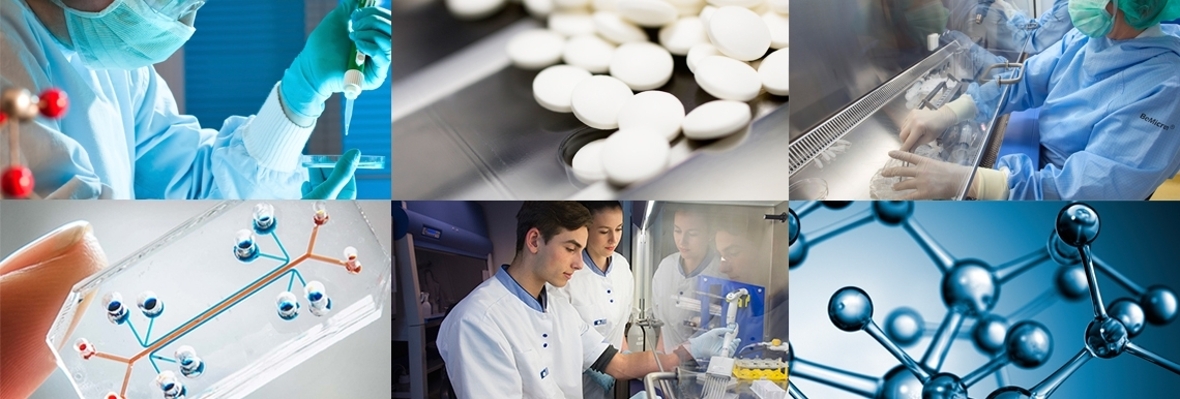Knowledge of DNA repair in the fight against tumour cells
What is the most effective way to eliminate tumour cells? The DNA repair mechanism could play an important role in increasing the effectiveness of chemotherapy in the fight against cancerous cells. If we are to influence this mechanism, we need fundamental knowledge about how the mechanism works.
Rapid DNA repair limits the effect of chemotherapy
Our DNA repair system ensures that damage to the DNA caused by outside influences, such as radiation or chemical substances, is repaired quickly. If this does not happen, damage can cause a cell to die or mutate, which could result in serious disease. Although this repair system is thus vital, it can also limit the effect of chemotherapy as a cancer treatment, because chemotherapy deliberately causes DNA damage in the hope that the cancer cells will die off. The DNA repair mechanism immediately repairs a great deal of this deliberate DNA damage, thus limiting the effect of the chemotherapy.
Unravelling the DNA repair mechanism
Haico van Attikum, a researcher at the LUMC, therefore focuses his research on unravelling the DNA repair mechanism. Once he has found out which proteins play an important role in the repair of DNA he will be able to start to look for inhibitors that block these proteins. He hopes to be able to disable part of the repair mechanism in tumour cells by making them much more sensitive to cytostatic drugs (drugs that are used in cancer treatment).
Interface between DNA repair and transcription
In his research Attikum is now focusing on a unique aspect of the DNA repair mechanism: the point when that DNA is read by the enzyme RNA polymerase and translated into mRNA. The question is what happens when RNA-polymerase encounters damage whilst reading the DNA.
If it remains stuck to the DNA, the DNA repair proteins are likely to have insufficient space to repair the DNA damage. If this proves to be the case, Van Attikum and chemists in Leiden want to find specific inhibitors that ensure that the RNA polymerase remains stuck to the DNA and thus prevents DNA repair. This should make tumour cells more sensitive to the chemotherapy that damages the DNA.


